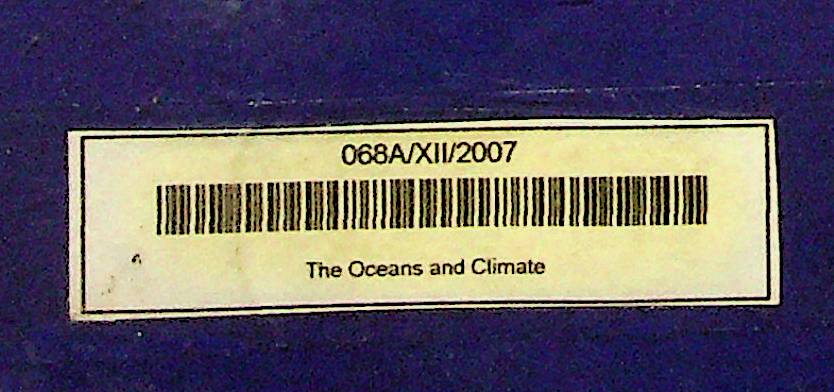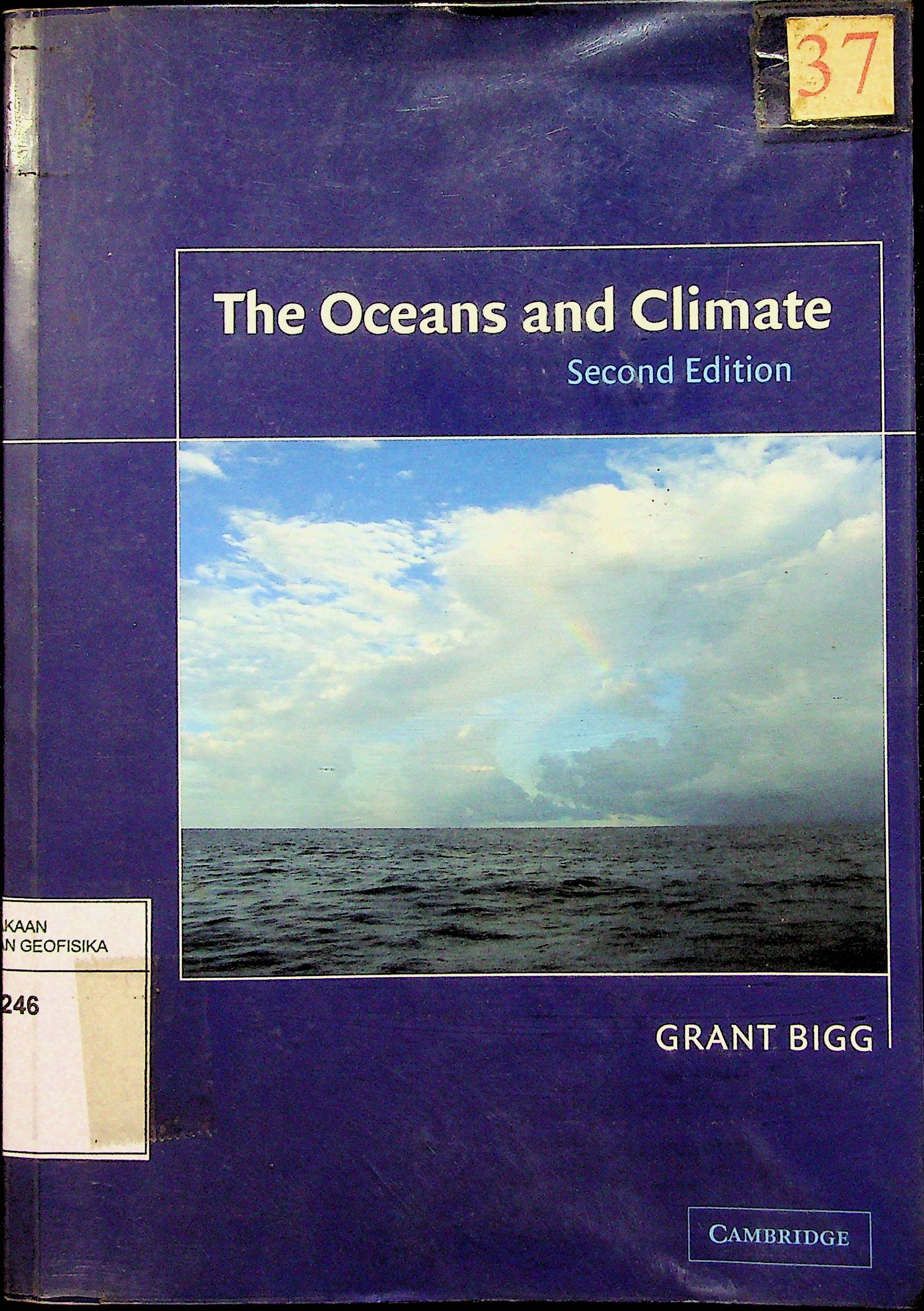In 1827 Jean-Baptiste Fourier, otherwise known for his contributions to math¬ematics, speculated that human activities had the capacity to affect the Earth’sclimate. In 1990 the International Panel on Climate Change produced a report detailing our current understanding of these activities, and speculated on whatimpact they might have on climate. In 160 years of great human endeavour muchhas been learnt but definitive evidence for climatic change driven by mankind remains elusive. The oceans play a significant role in this tardiness of the climate system’s response to our species. They store immense amounts of energy for months,decades or even centuries, depending on the region, depth and the nature of the interaction between the atmosphere and ocean. This storage capacity acts as agiant flywheel to the climate system, moderating change but prolonging it oncechange commences. The ocean also stores vast amounts of carbon dioxide. In 1897 Svante Arrhenius discovered that the amount of carbon dioxide in theatmosphere affected the global temperature through the greenhouse effect. In1938 G. S. Callendar showed that atmospheric carbon dioxide was increasing due to human activities. However, it has only been since the late 1960s thata rough estimate of the magnitude of the potential climatic effect has beenpossible. Even today the likely impact of a doubling of atmospheric carbon dioxide on raising global temperature is not known to within 3°C; the globaltemperature at the height of the last Ice Age was only 4°C less than today.A significant element in this uncertainty is the ocean. How is carbon dioxide and heat stored in the ocean? Are these mechanisms sensitive to climatic change?Could they interact with climatic change itself to accentuate, or lessen, suchchange? The exploration of these, among other, questions underlies this book. The oceanic links to climate are complex and multi-faceted. The sciencesof physics, chemistry and biology are interwoven in this tapestry. Therefore,after an introductory chapter on the climate system I devote chapters to the oceanic roles of each of these sciences, before examining some detailed ocean¬atmosphere interactions affecting climate, and the role of the ocean in the past,and its potential role in the future climate.My own introduction to this fascinating subject came through its physics,but I have aimed to make each science, and its links to the general problem of climate and air-sea interaction, understandable to readers coming from one ofthe other fields. English ‘A’ level standard physics, chemistry or mathematicswould assist a reader but such a standard in only one of these subjects should not be a handicap. The book does not, therefore, contain many references - the
5
The Oceans and Climate Second Edition
GRANT R. BIGG
Penerbit :
Grant R. Bigg
Tahun :
2003
Buku Text
-
No Scan65
-
No Klasifikasi551.5'246
-
ISBN-
-
ISSN-
-
No Registrasi068A/XII/2007
-
Lokasi Terbit-
-
Jumlah Hal48
-
Label551.5'246 Big o
-
Versi DigitalYA
-
Versi FisikYA
-
Lokasi Rak Buku Fisik01/B/14
-
Jumlah Exemplar Fisik Tersedia1






